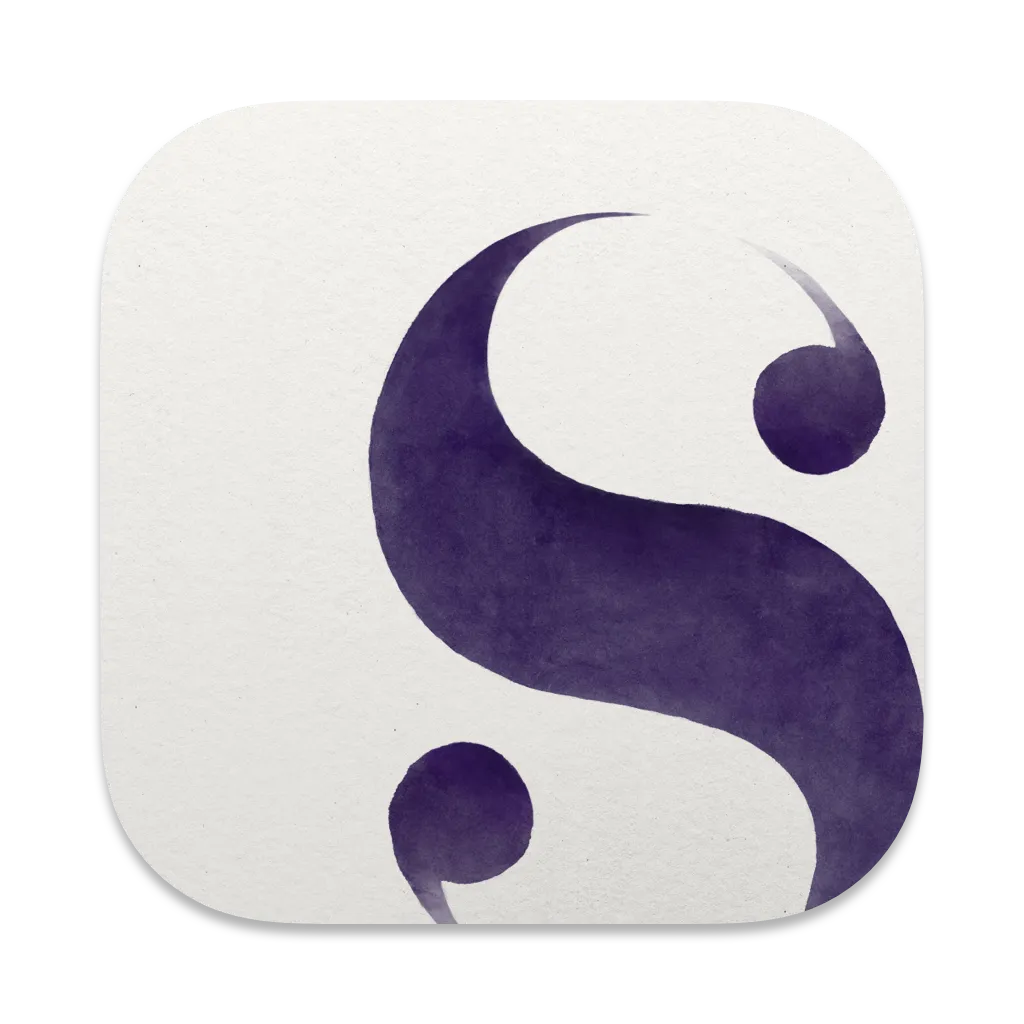John Cage - Prepared Piano

And now for something completely different
I may have mentioned previously that Melbourne plays host to a seemingly constant string of festivals throughout the year and currently it’s the turn of the ‘Melbourne International Arts’ Festival. Generally the feature events are too expensive for the likes of me and I’m left to scour the free and cheap events, occasionally turning up a Gem from beneath the surface, gems like a demonstration of the Prepared Piano.
Whilst the altering of an instruments sound through external additions is not necessarily a new concept, John Cage was the first to ‘popularise’ and experiment with the idea and the first to give it a name. The idea stemmed from attempting to give a normal Grand Piano (upright pianos are extremely hard to ‘prepare’) a percussive element and add extra sounds normally unavailable to a solo player.
I attempted to record the demonstration but sadly technology failed me and I lost the entire recording, so hopefully my descriptions will suffice.
The preparations typically take the shape of nuts, bolts, wood and pieces of rubber; either screwed into, or placed in-between strings. It looks and sounds like a fairly random process but is in fact highly planned and precise, often with pages of instructions describing how exactly to achieve the composers desired sounds. These are well-trained composers who know what they are doing to modify pitch, timbre and harmony, not someone shoving a bunch of items from a hardware store into a piano. Although the irony of the whole procedure is that all pianos differ in their sonic properties so preparation instructions have to frequently be interpreted making the concept even more bizarre in the search for the intended sound.
The sound of a composition written for prepared piano varies depending on the nature of the preparations, but I have to reiterate that the intention is not to produce a bunch of random clunks and clangs, rather to experiment with harmony and percussion. Pieces are rich with interesting tones, sounds and rhythms, giving the impression of other instruments and musicians, at times beautiful and at times verging on chaotic noise. Perhaps the best recording to take a listen to if you’re interested in hearing more is John Cage’s Sonatas and Interludes for Prepared Piano.
From an Australian perspective, the idea has been taken further by Erik Griswold and Anthony Pateras, who improvise with their preparations and to a whole new concept by Ross Bolleter, who composers with pianos that are rotting, destroyed by time or weather.
Published in Indieoma.com
If you like what you're reading, support my work
Sudowrite is an AI-powered writing assistant that helps you brainstorm, outline, and write your stories.
Sign up for Sudowrite
Scrivener is the go-to app for writers of all kinds, used every day by best-selling novelists, screenwriters, non-fiction writers, students, academics, lawyers, journalists, translators and more.
Get Scrivener